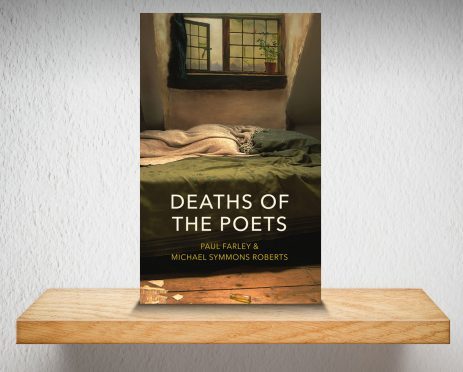Convinced that ‘language and death converge with particular power in poets’, two award-winning versifiers traverse the globe looking up the places where other poets died.
They track down the scene of the final moments of everyone from John Clare to William Carlos Williams, interview survivors and flame-keepers, inspect the archived papers, and ruminate on posterity and the tendency of poets to endure disproportionate misery and die premature deaths.
Opening sections, which take in Keats, Byron, Chatterton, and the myth of the doomed Romantic artist, promise the development of an argument that never really materialises.
What we get instead is a whistle-stop tour of last gasps and literary shrines, rather meanderingly structured, that combines elements of travelogue, litcrit and biographical gossip.
Sometimes this combination is fascinating, as in the section on Stevie Smith, the bard of Palmers Green, or the austere Welsh priest-poet RS Thomas.
Or when the pair revisit the final residence of the hermit-like David Jones.
The authors are agreeable, well-informed and slyly humorous company, and their book is richly absorbing in places.
But the sheer volume of poets and places covered ends up feeling a touch breathless and random, so that the whole never quite manages to be greater than the sum of its parts.
